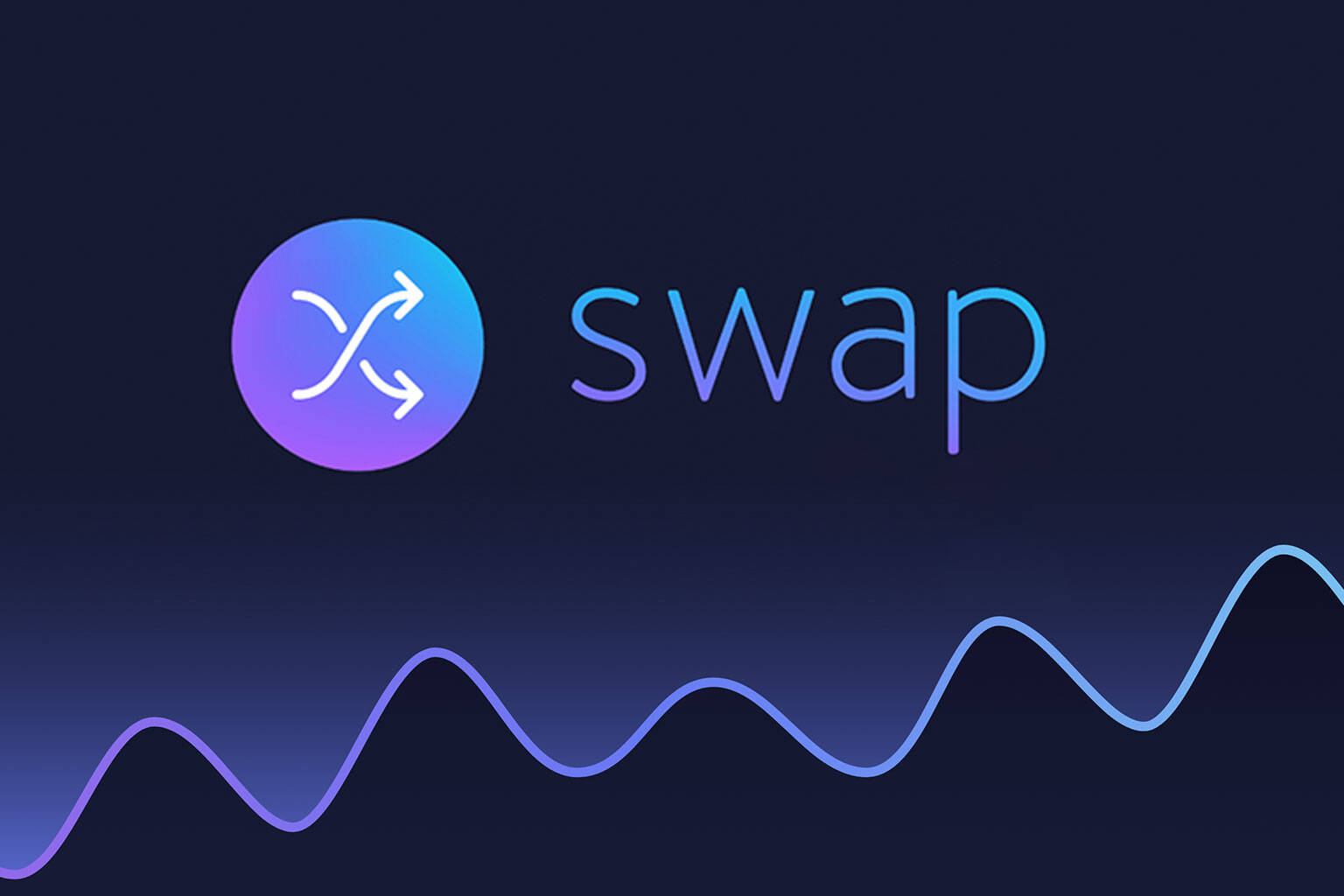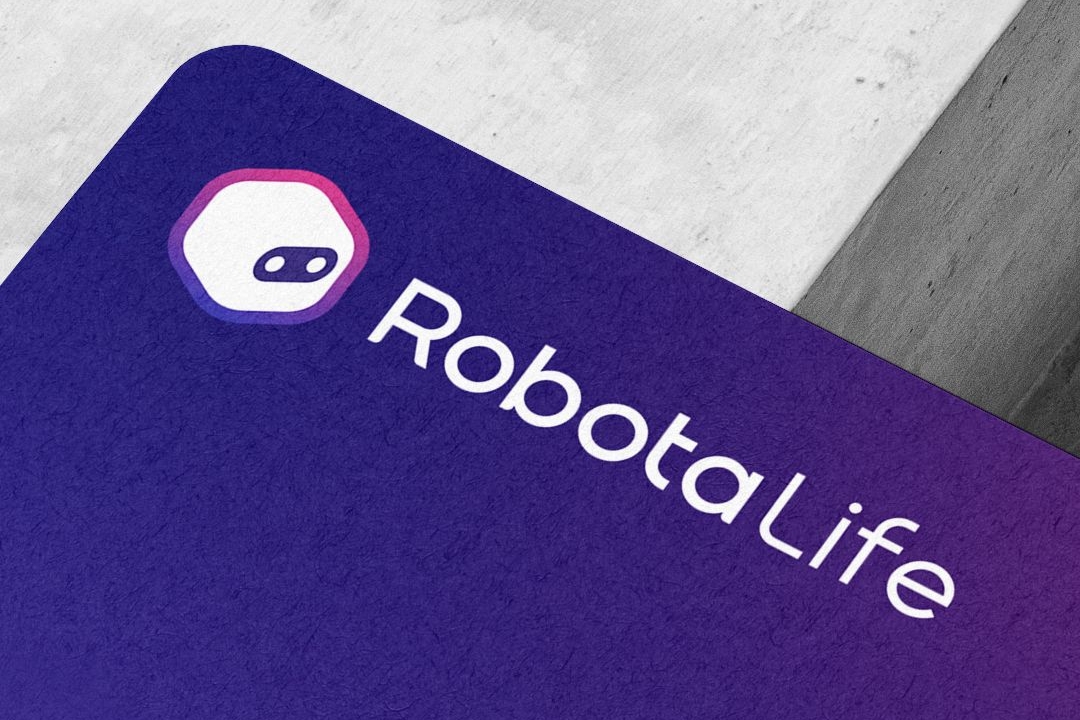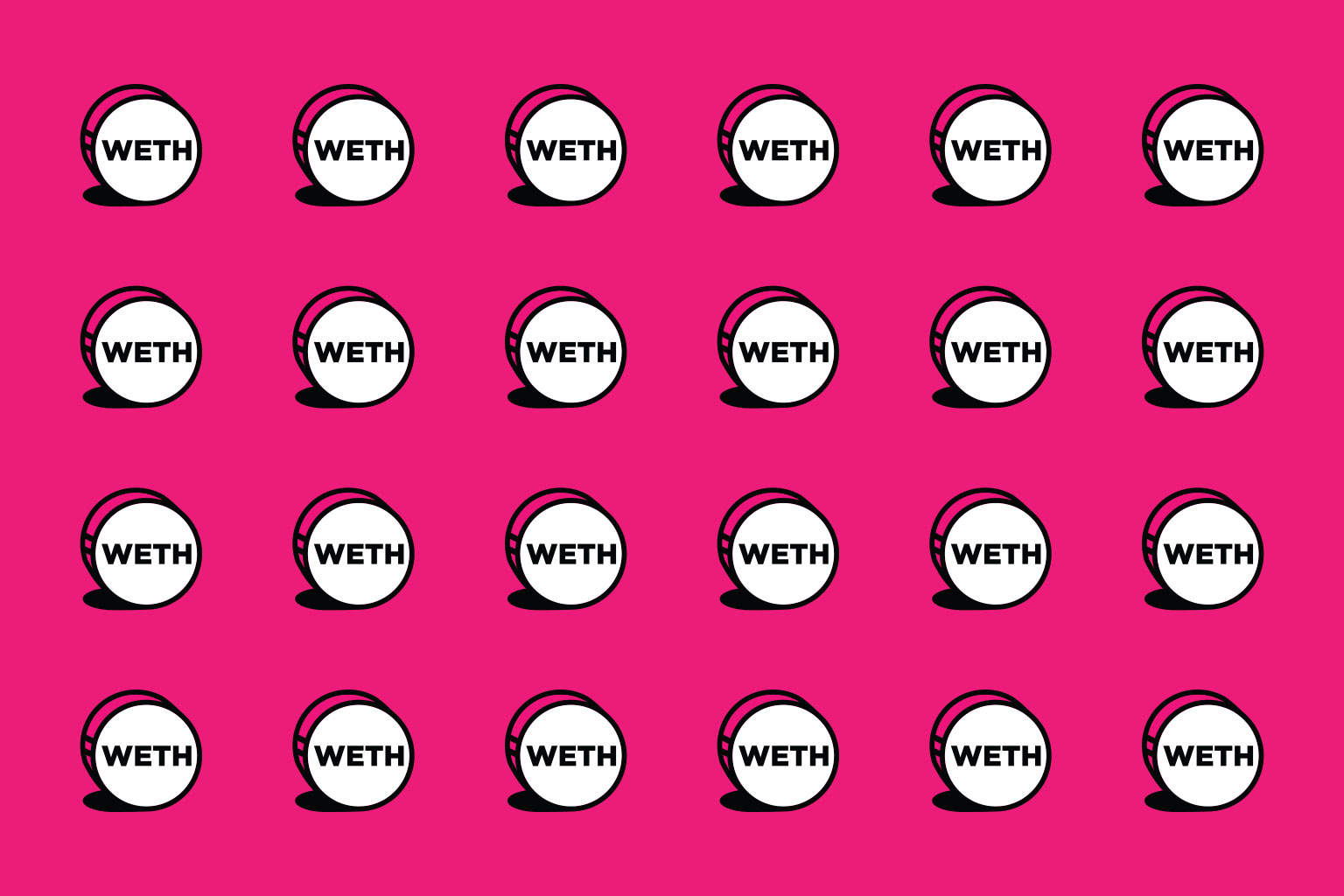Decentralized finance (DeFi) is a financial system built on blockchain technology that allows for the creation of decentralized financial applications and services without the need for intermediaries such as banks or other financial institutions.
DeFi seeks to revolutionize traditional financial systems by using decentralized networks to facilitate financial transactions and services, such as lending, borrowing, trading, and payments. DeFi applications are often built on decentralized networks like Ethereum, which allow for the creation of smart contracts that can automate and facilitate financial transactions.
DeFi has the potential to make financial services more accessible, transparent, and secure by eliminating the need for intermediaries and central authorities. It also offers the potential for greater financial inclusion, allowing individuals to participate in financial transactions and services regardless of their location or access to traditional financial institutions.
However, DeFi is still a relatively new and rapidly evolving field, and it is essential for individuals to carefully research and consider the risks before participating in DeFi transactions or services. DeFi carries the same risks as any other financial investment, and there have been instances of DeFi projects experiencing technical issues or failing.
DeFi was invented by whom?
DeFi has no single inventor but emerged as a concept in the cryptocurrency and blockchain space in the mid-to-late 2010s. The first DeFi applications were built on the Ethereum network, which Vitalik Buterin created. Since then, DeFi applications have also been developed on other networks that utilize smart contracts to automate transactions, such as Solana, Binance Smart Chain, and Avalanche. These networks have played a vital role in the growth and evolution of DeFi.
What’s so special about DeFi?
There are several reasons why DeFi is considered unique:
Accessibility
DeFi makes financial services more accessible, allowing individuals to participate in financial transactions and services regardless of location or access to traditional financial institutions.
Transparency
DeFi is built on transparent, decentralized networks, allowing greater transparency in financial transactions and services.
Security
DeFi eliminates the need for intermediaries and central authorities, which can improve security and reduce the risk of fraud or tampering.
Innovation
DeFi is a rapidly evolving field, and there is a lot of innovation and experimentation happening within the DeFi space. This allows for the development new financial products and services that may not be possible within traditional financial systems.
Financial inclusion
DeFi has the potential to improve financial inclusion by allowing individuals who may not have access to traditional financial institutions to participate in financial transactions and services.
What is an example of DeFi?
An example of a decentralized finance (DeFi) application is a decentralized exchange (DEX). A DEX is a platform that allows users to buy and sell cryptocurrencies in a decentralized manner without the need for intermediaries such as centralized exchanges. DEXs use smart contracts to automate and facilitate trades and operate on a decentralized network like Ethereum.
Another example of a DeFi application is a decentralized lending platform. These platforms allow users to lend and borrow cryptocurrencies in a decentralized manner, using smart contracts to automate the process. Decentralized lending platforms typically offer higher interest rates to lenders compared to traditional financial institutions and lower rates to borrowers compared to traditional credit cards or loans.
Other examples of DeFi applications include stablecoins, cryptocurrencies designed to maintain a stable value relative to a specific asset or currency, and decentralized prediction markets, which allow users to place bets on the outcome of future events.
What makes a coin a DeFi?
A coin or token can be considered a decentralized finance (DeFi) coin if used in the DeFi ecosystem, typically as a means of exchange or a store of value within DeFi applications.
DeFi applications are built on decentralized networks like Ethereum and use smart contracts to automate and facilitate financial transactions. DeFi coins are typically used as a medium of exchange within these applications and may also be used as collateral in lending or borrowing transactions.
To be considered a DeFi coin, a coin or token should be used within the DeFi ecosystem and have a clear use case within DeFi applications. Some examples of DeFi coins include Ethereum, a significant platform for DeFi applications, and stablecoins, cryptocurrencies designed to maintain a stable value relative to a specific asset or currency.
Be the first to try
Join our mailing list for early access to our service
Related Posts
February 14, 2023
Safesun coin

February 12, 2023
$loomi to USDT

February 8, 2023
XWP Price








